For 40 years, we've been driving our country's economic and social progress. Four decades shaping Spain.
Technologies
Technologies
Technological innovation is key to the development of an increasingly efficient, flexible, intelligent and sustainable transmission grid.
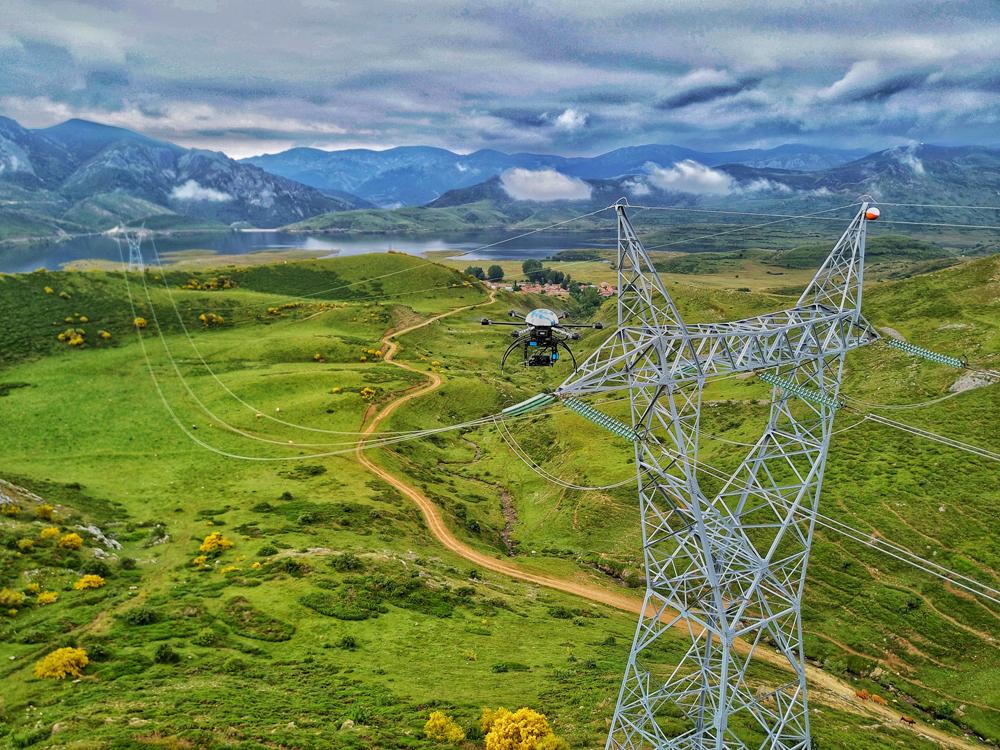
Innovation serves the ecological transition
The transmission grid aims to ensure a safe and reliable electricity supply and enable an increasingly renewable electricity system. It is a major facilitator of the ecological transition, and its infrastructure must constantly evolve technologically to make it more efficient, flexible and smarter. Learn about some of the technological innovations implemented in the national transmission grid.
Innotavion guidelines
Featured projects
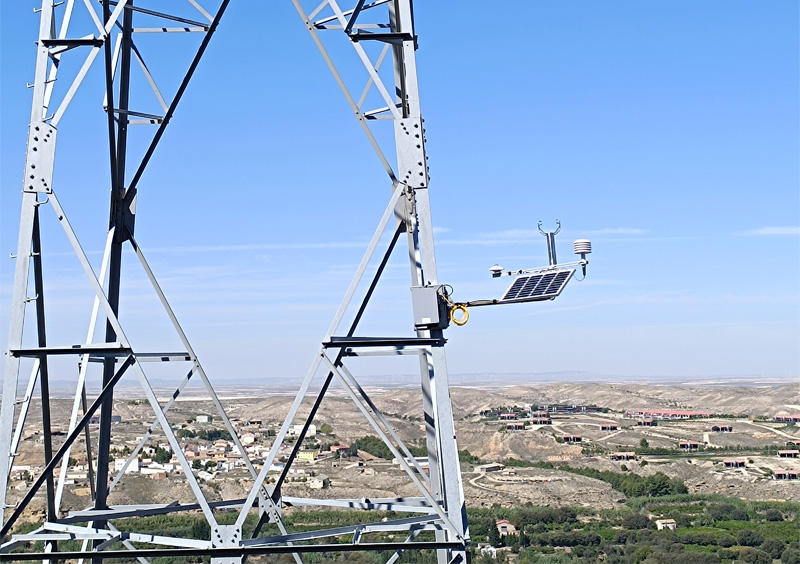
DLR: Dynamic Line Rating
We incorporate DLR (Dynamic Line Rating) systems into our grid to calculate the real-time transmission capacity of lines based on weather conditions. DLR measures wind, solar radiation, and ambient temperature in real-time through weather stations located on towers and sensors installed on conductors, optimising the use of the installation's transmission capacity. This technology is complemented by IIoT (Industrial Internet of Things) communications, cloud information systems, and calculation algorithms.
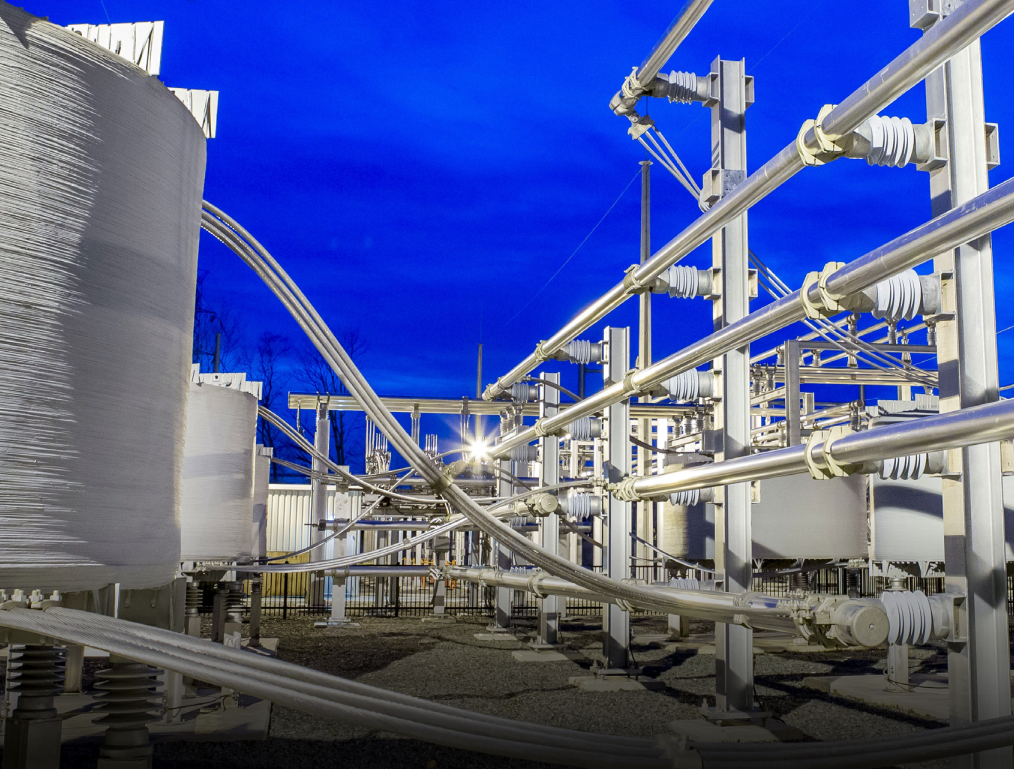
STATCOM: Static Compensators
We apply power electronics to static compensators to address or reduce potential issues in an electricity system, such as load flow control or inter-area oscillation damping. They can control the voltage of the node to which they are connected, thus enhancing system security and making better use of transmission capacities. STATCOMs consume or generate reactive energy to regulate and control voltage under both normal and contingency conditions.
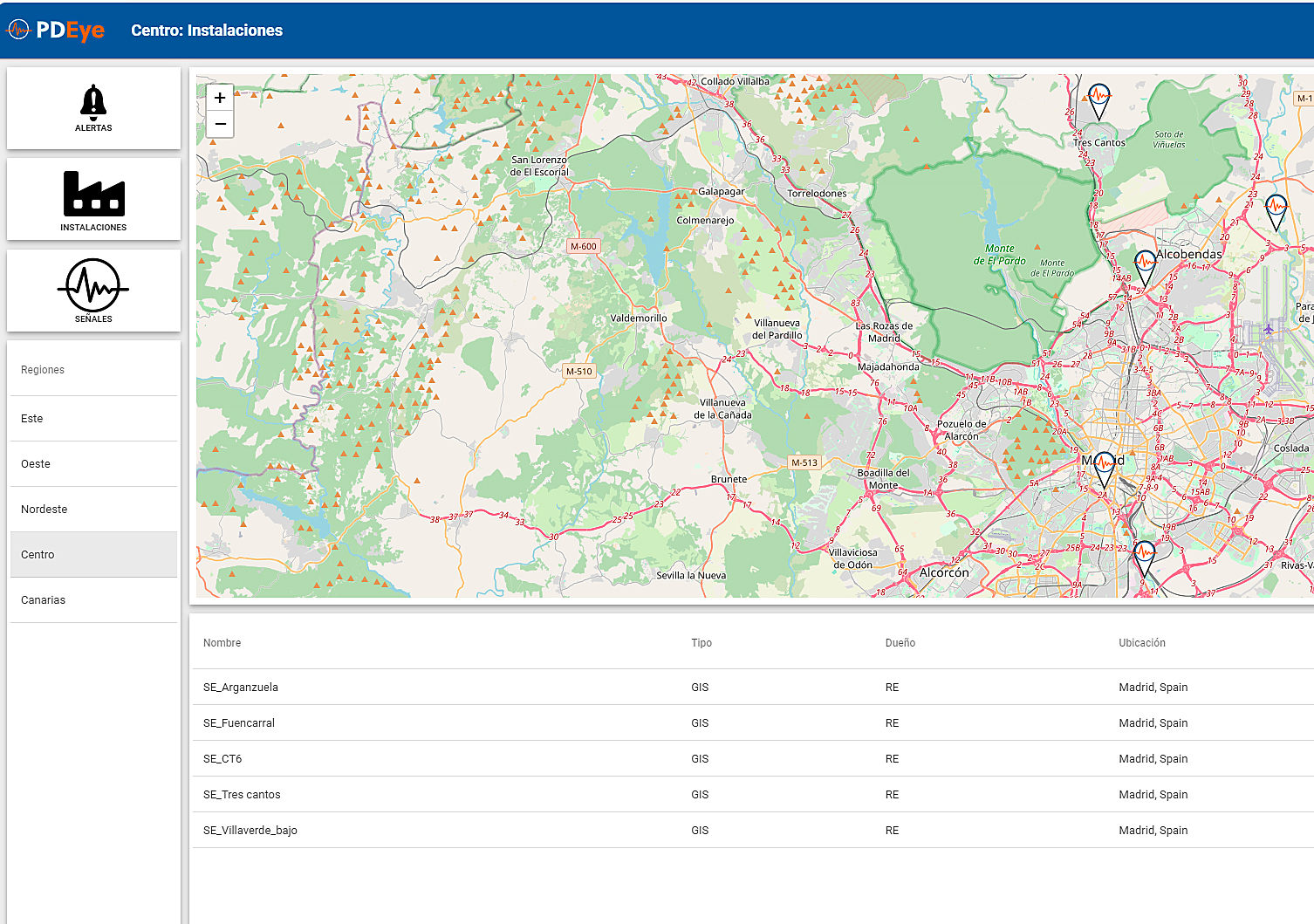
PD-Eye: Continuous Online Monitoring
We have developed this digital platform, called PD-Eye, to comprehensively and simultaneously monitor the assets of the transmission grid. This application provides greater control over the condition of insulation (gas, oil, and solid) to understand asset health and facilitate decision-making in line with maintenance strategies.
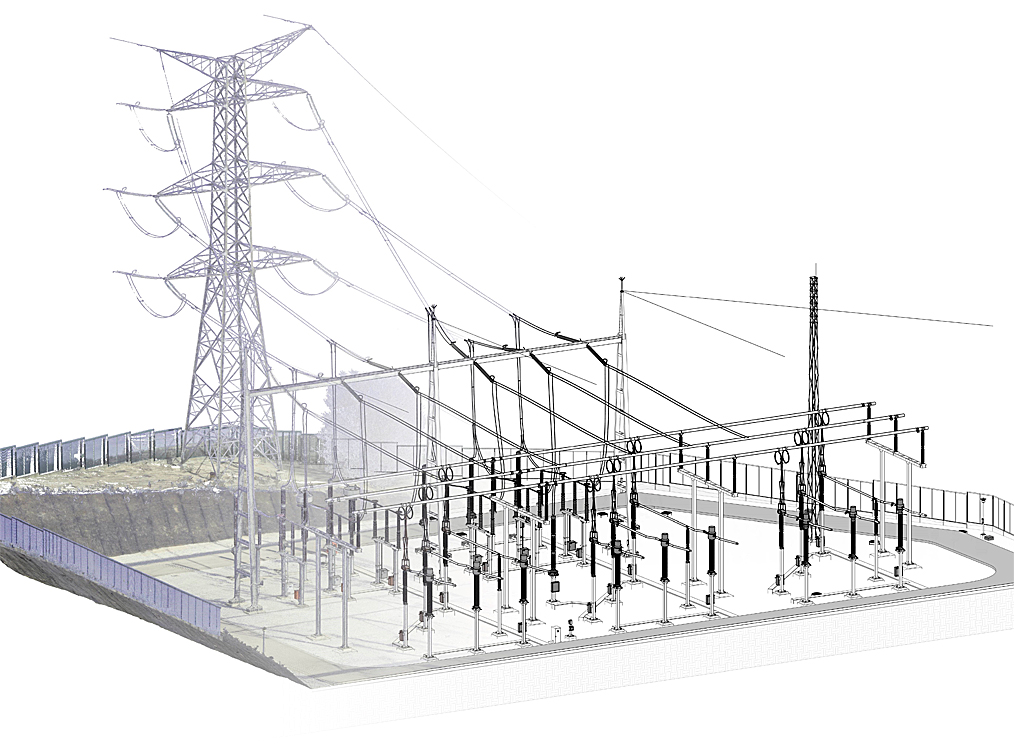
Collaborative work methodologies
We are working with augmented reality and considering its incorporation into underground infrastructure, allowing us to be fully aware of the situation of the lines once installation is complete. This tool captures and records all information about the construction of the installation and overlays it on the spatial reality to graphically observe all elements over the territory and see how the installation integrates with the environment. Currently, this technology has been developed in a pilot project and is in the scaling phase for underground lines.
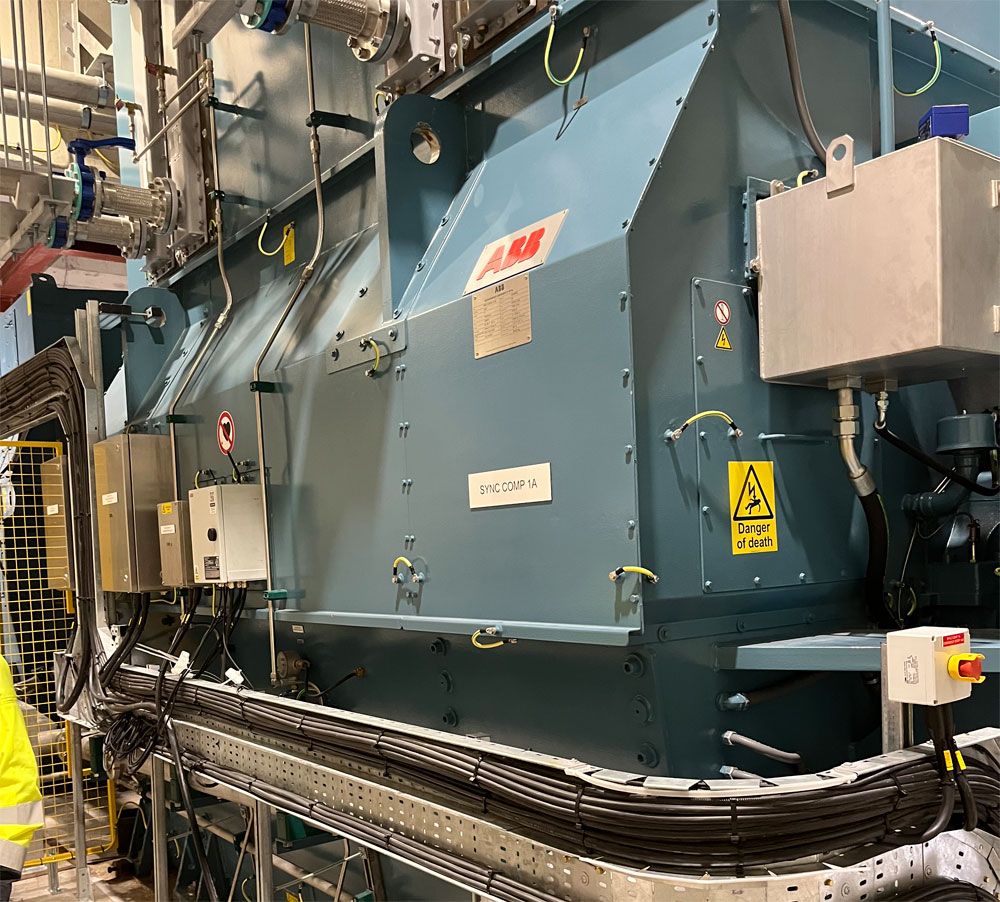
SYNCON: Synchronous Compensators
These devices are specifically designed to improve the strength and stability of electricity systems. They increase short-circuit power and system inertia while allowing continuous voltage control. For example, they are fundamental in the electricity systems of the archipelagos, while in the Canary Islands, they reinforce the system and promote the integration of renewables. In the Balearic system, they maximise the use of the link with the peninsula and facilitate the decarbonisation of the archipelago.
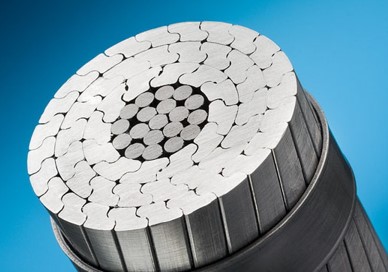
HTLS Conductors (High Temperature and Low Sag)
These are high-temperature, low-sag conductors that enable an electrical line to have more transmission capacity, potentially even doubling it. The temperature of a conductor is directly related to the line's transmission capacity; the higher the temperature, the greater the capacity to transmit energy. There is a wide variety of this type of conductor, but they all share the ability to operate above 100 °C (the most commonly used conductors currently can reach a maximum temperature of 90 °C) without significant sag increases, allowing them to be installed on existing lines with minimal adaptations.
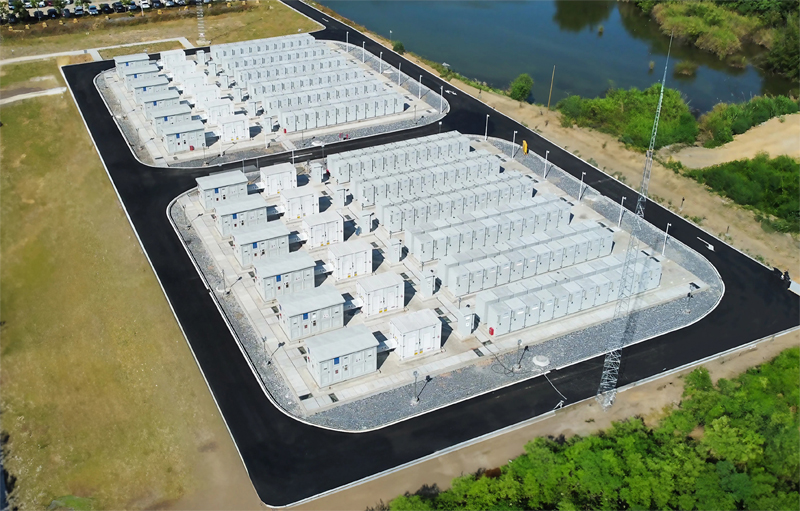
Grid-integrated batteries
Fully integrated batteries in the transmission grid is an innovative tool included in the 2021-2026 Plan. It maximises the use of interconnections and reinforces supply security. In the Balearic Islands, we are working to incorporate a total of 140 MW of batteries located in Ibiza and Menorca. The batteries will not inject energy into the system under normal conditions but will remain on standby to act if needed, with the capacity to return up to 105 MWh. They will facilitate the energy transition by increasing exchanges between the mainland and the Balearic Islands and between the islands.













